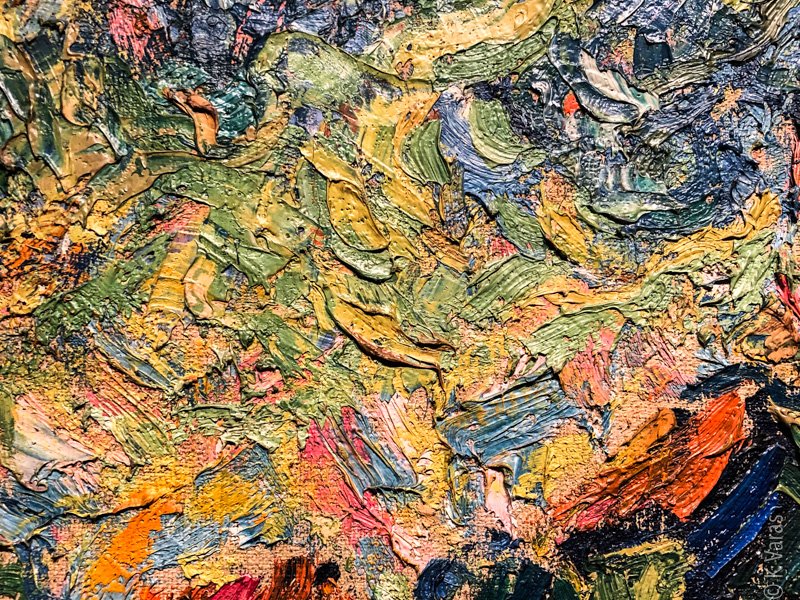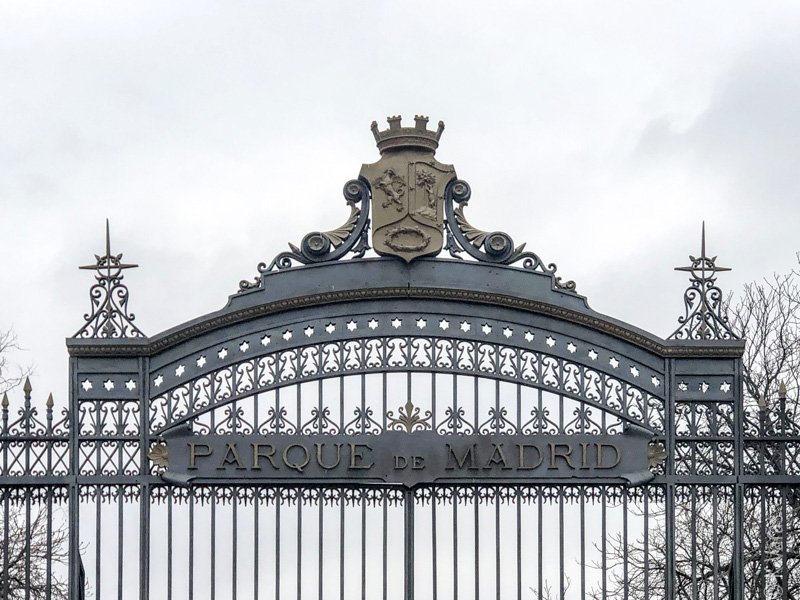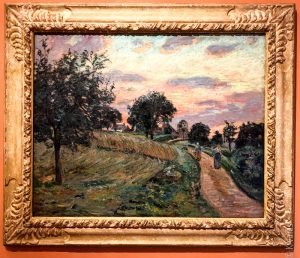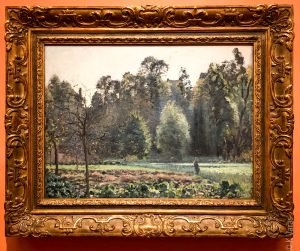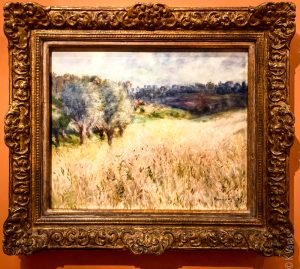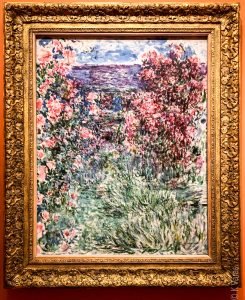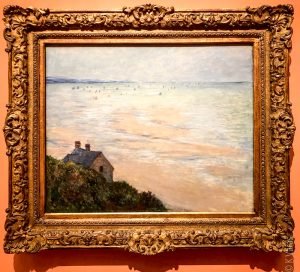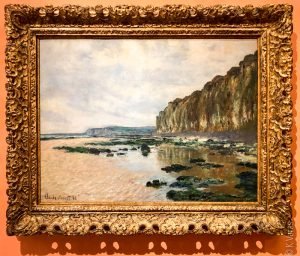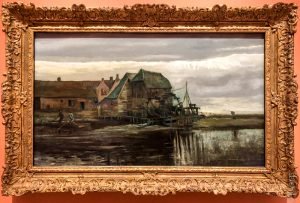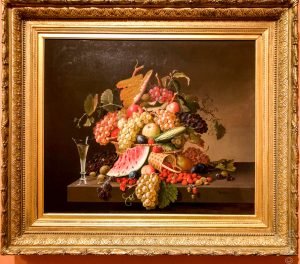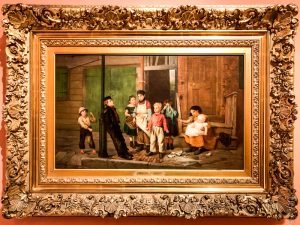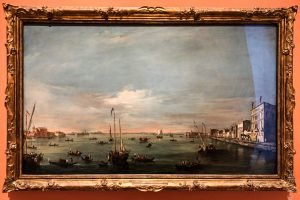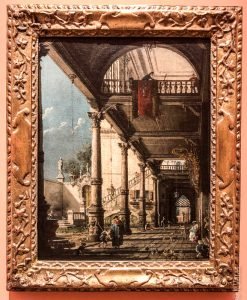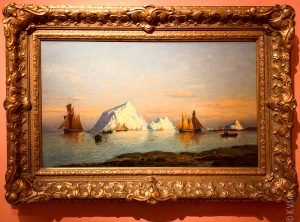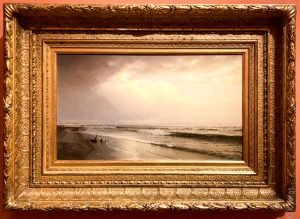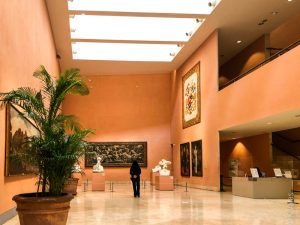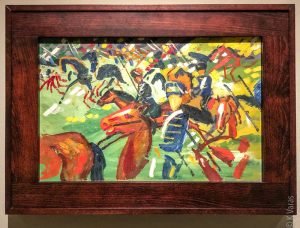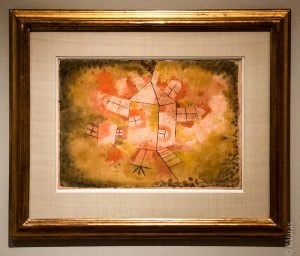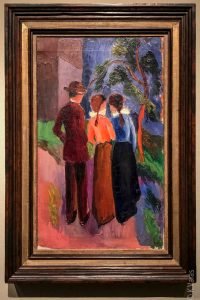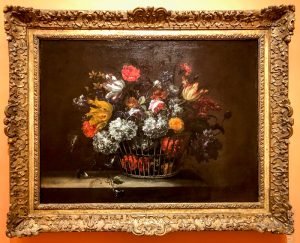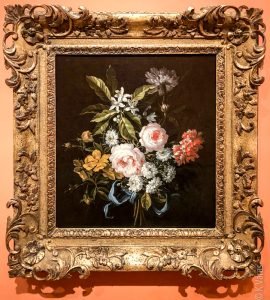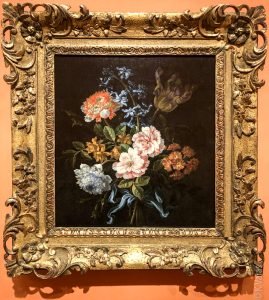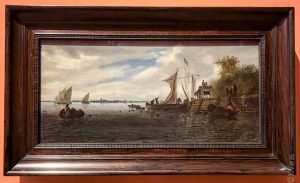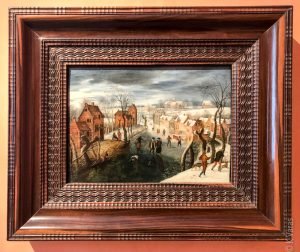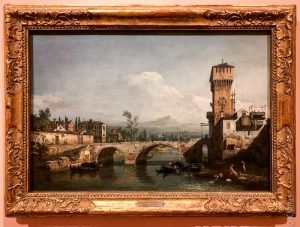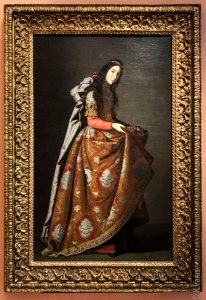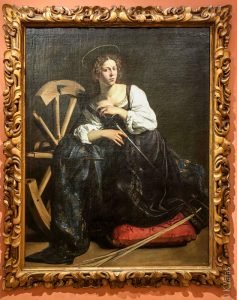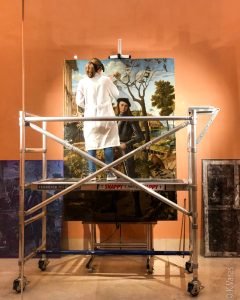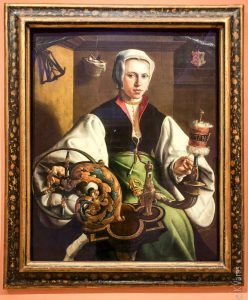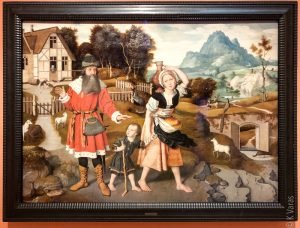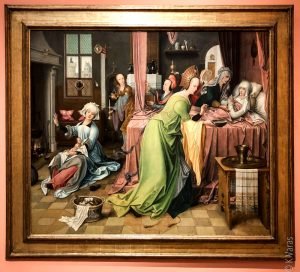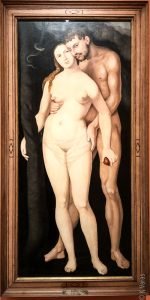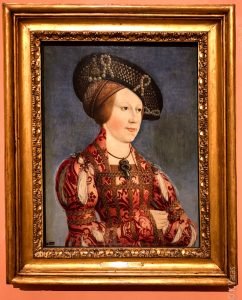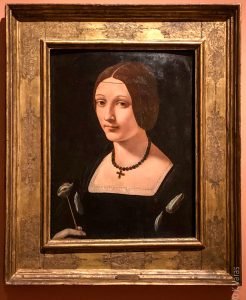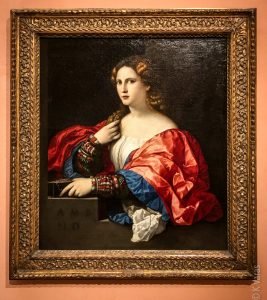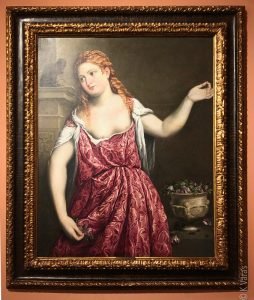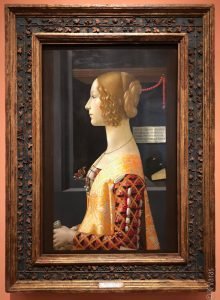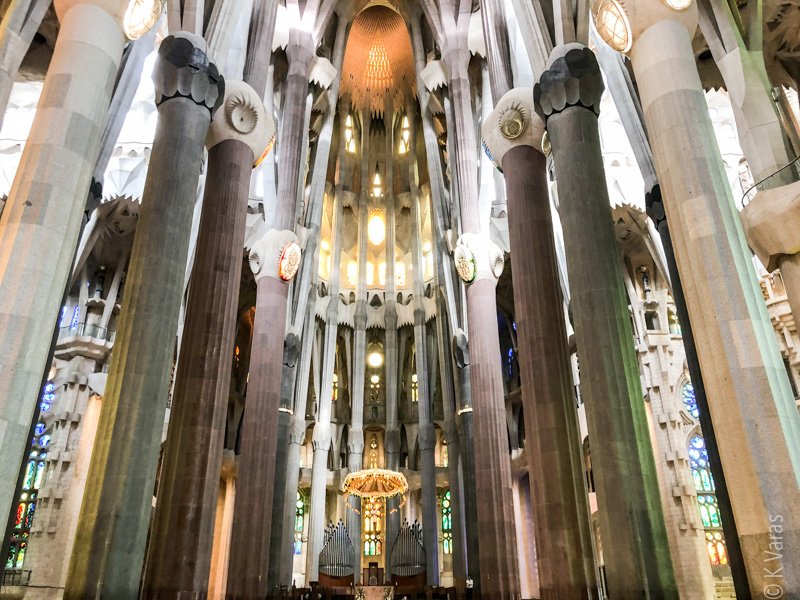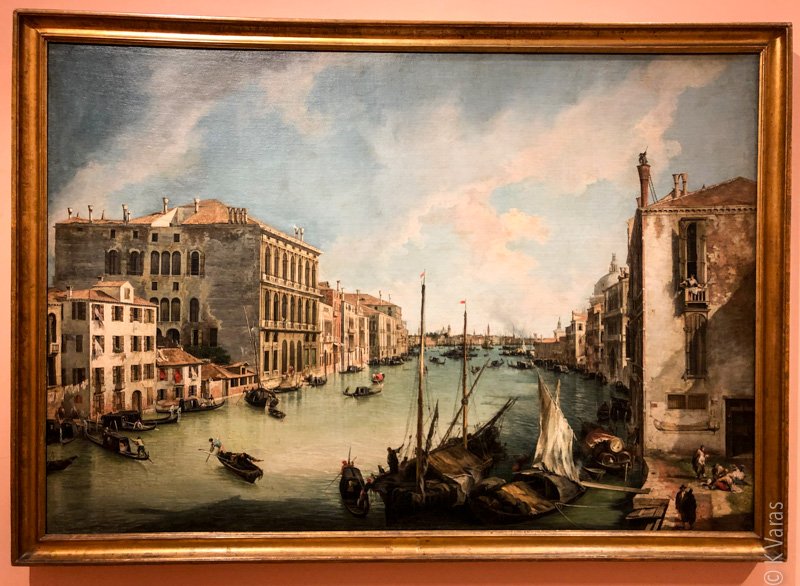
Museo Thyssen-Bornemisza Floor 2
The ‘2’ refers to the second floor in the museum, though, to be fair, it is also my second visit here so it could have two meanings, I guess. I call Museo Nacional Thyssen-Bornemisza my favourite museum for a number of reasons. It is one of the friendliest museums I’ve ever been in. It isn’t huge but it has enough to sate any artsy appetite. I love its warm salmon pink walls are a perfect background for the paintings. The collections are also a nice mixture of Old Masters and my favourite Impressionists and Expressionists and a bunch of others in between without being overly serious. It’s just an all-around awesome place to hang out.
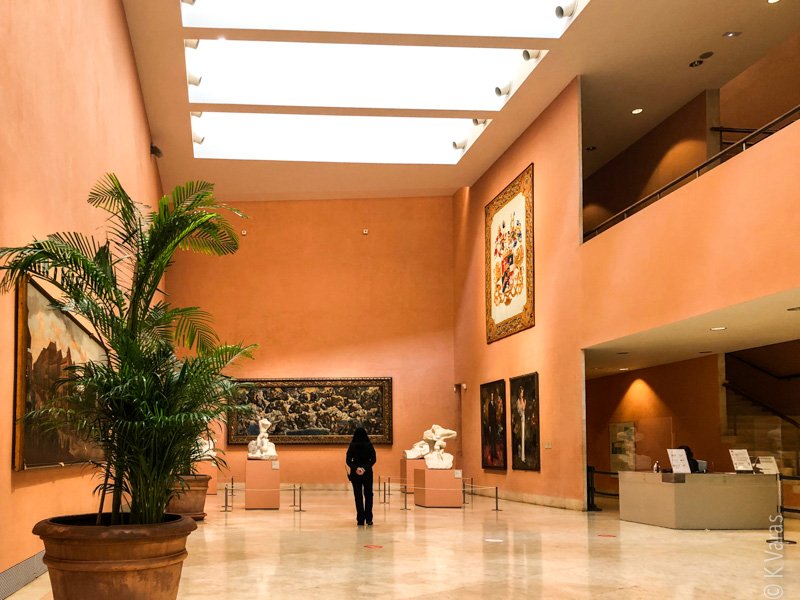
Its history is quite interesting too. Thyssen, as it’s commonly known, was the brain-child of Heinrich Freiherr Thyssen-Bornemisza de Kászon et Impérfalva, a wealthy industrialist who married a Hungarian baroness, and over time managed to amass one of the largest private art collections in the world. He was able to do so because he had money when many American millionaires were losing theirs during the Great Depression or due to high inheritance taxes, allowing him to bring many European masterpieces back to Europe. His son, Baron Hans Henrik, continued what his father started, and he, too, devoted most of his life to collecting art. Baron Thyssen-Bornemisza brought together various family collections to make them available to more than just a few rich folks. Since keeping it all at a family estate in Lugano proved unsuccessful, his fifth and final wife, Carmen, convinced him to bring it all together in Madrid. And that’s how we are now able to enjoy the fruits of his passion for art for a mere €10 anytime we want (free between 6:00-8:00pm) and, even better, with very few people around (again, thanks Covid). The Baron passed away a few years ago but his widow, Carmen, still keeps a keen eye on the museum and we have her to thank for many of the pleasures it brings. I did find this description of the Baron on Wikipedia quite fascinating:
Hans Henrik Ágost Gábor, Baron Thyssen-Bornemisza de Kászon et Impérfalva (13 April 1921 – 27 April 2002), an industrialist and art collector, was a Dutch-born Swiss citizen with a Hungarian title and heir to a German fortune, a legal resident of Monaco for tax purposes, with a declared second residency in the United Kingdom, but in actuality a long-time resident of Spain, and son of a German father and a Hungarian and English American mother (related to Daniel M. Frost and John Kerry).[1]
Wikipedia
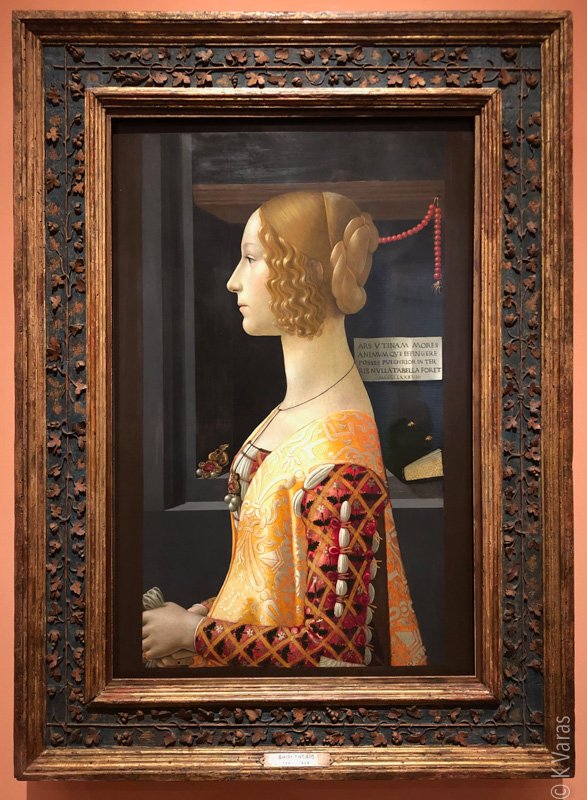
I have to admit I had been looking forward to this visit for a long time and I was quite excited to see there was a special exhibition for me to see, and yay, the theme was right up my alley! (More about that in the next post.) As I have mentioned earlier, it is my favourite museum, so when I saw it was only €10, I was happy to pay such a lowly sum to see so much beauty (it is only €8 if you buy your ticket online which I tried to do but my phone was being a jerk so I gave up the two euros gladly for the convenience of not smashing my phone on the ground). I got an entry time of 12:45 for the exhibition giving me some 45 minutes to fill. As you may also recall, I was lugging along a backpack that, while not filled with much stuff, was terribly heavy anyway. Thyssen staff, however, came to my rescue and pointed me to a bag/coat room where I was happy to abandon both things, after it all got x-rayed, of course. Gratefully unencumbered I took the elevator to the second floor. Why start on the second floor? Over the years I have learned to start from the opposite end on subsequent visits because I always get quite tired towards the end and if I always started at the beginning, I’d never really enjoy the end very much, being tired and grumpy by then. So I wanted to begin at the end and visited the Old Masters first.
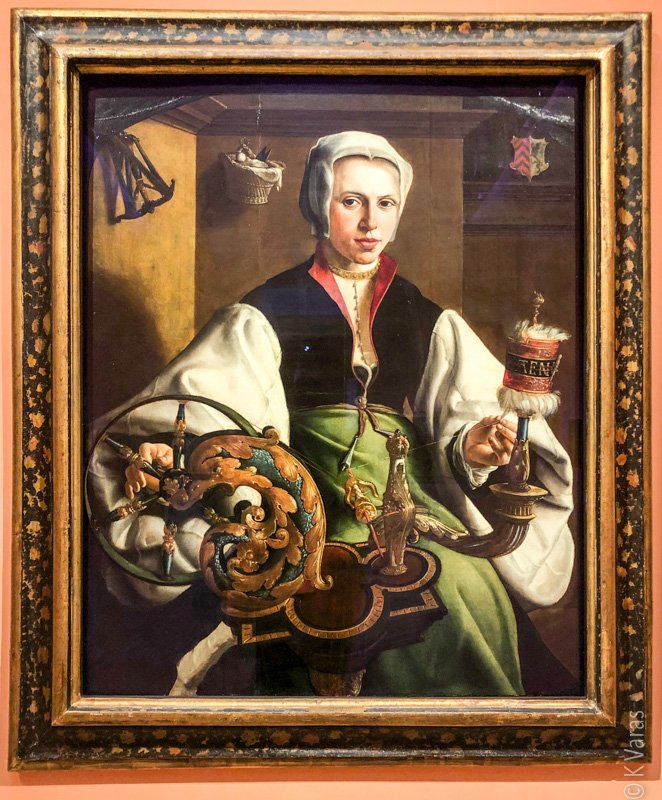
What I really like about this part of the permanent collection is that it effortlessly moves through the ages starting with paintings by early Italian and Dutch artists, then it moves to Italian art of the XV century, through portraiture of the early Renaissance, on to Italian, German, and Dutch paintings of the XVI century, eventually to showcase Tiziano, El Greco, Caravaggio, and others whose names sound familiar even to those who don’t have an Art History degree. The XVII and XVIII centuries are also represented, primarily through Italian, Flemish, and Dutch masters, much of it portraiture again.

About half way through my visit on the second floor I had to rush downstairs for the Expressionists’ special exhibition (about which later), but as soon as I was finished there, I came right back to pick up where I left off. The second floor is also home to Carmen Thyssen-Bornemisza’s private collection, mostly dedicated to Italian, Flemish, and Dutch paintings from the XVII century, a gallery of landscapes and vedute (primarily large realistic paintings of cities), some XVIII century pieces, quite a bit of XIX century American paintings, and some early Impressionists.
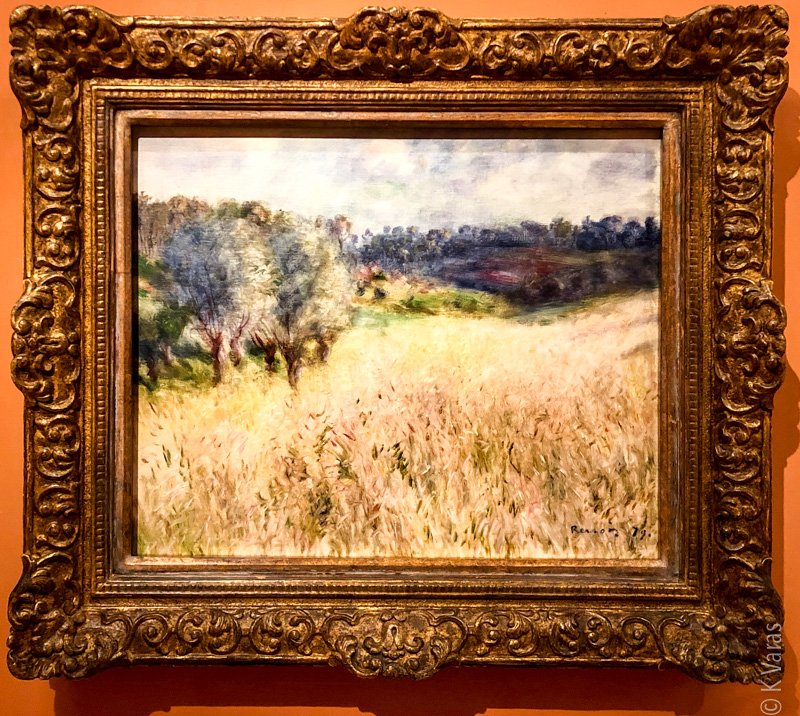
There was even a restoration in progress which I stayed and watched for a bit. I’m a fan of Daniel Silva’s Gabriel Allon thriller series in which the spy is an art restorer in his private life so I’ve been reading about this process for a long time. Watching it in action, albeit not as exciting as it is in the books, was, nonetheless, quite fascinating. The painting in question was from around 1505 and called Young Knight in a Landscape by Vittore Carpaccio. The sign said that the restoration was to be from January 2020 to February 2021 so I guess it was a little late, though I really couldn’t tell how close it was to being finished either. I’m sure even a solitary task like this one could still be affected by the madness of the world outside. If it had been Allon working on it, I’m sure he would have taken way longer since he always has to drop everything and go save the world from bad guys if not a virus.
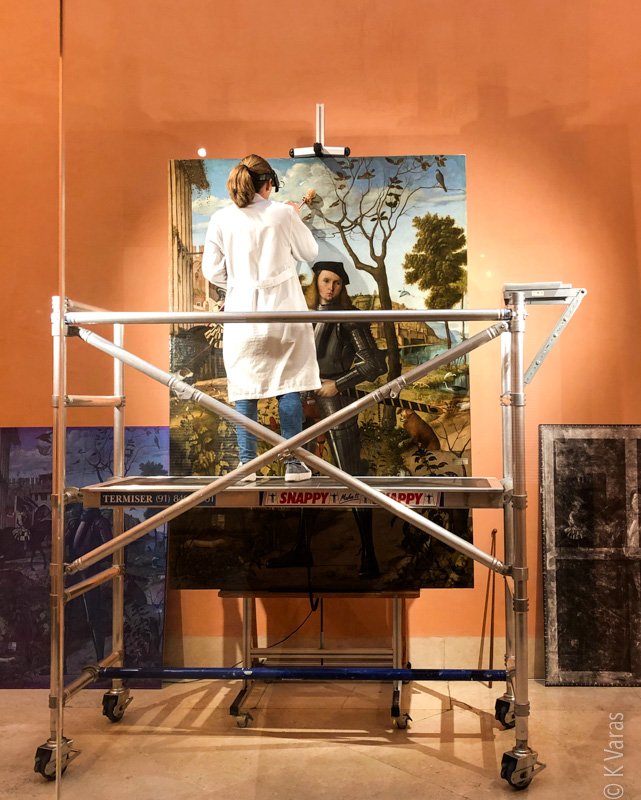
My favourite aspect of both selections is that there aren’t many religious paintings: the great majority are just of people, more often than not doing regular things you’d imagine people in those days to be doing. I just love these types of glimpses into the past, whether through human activity or just landscapes. The architecture-lover in me also really enjoyed looking at what the cities used to look like, especially Venice which was a favourite model of many an artist. The Gallery below includes many of my faves but if you wish to see more and with extra information, do check out the museum’s website, it’s quite good.
